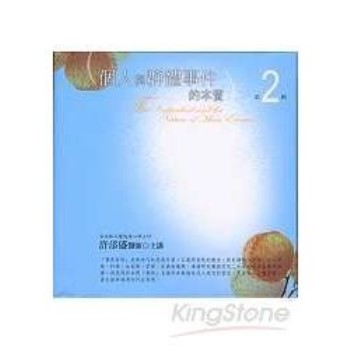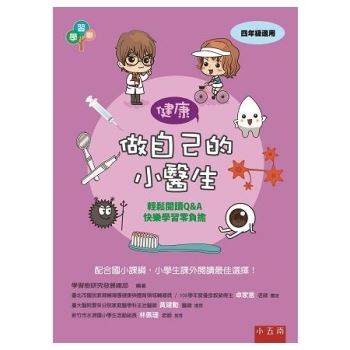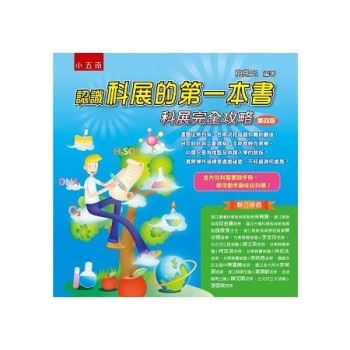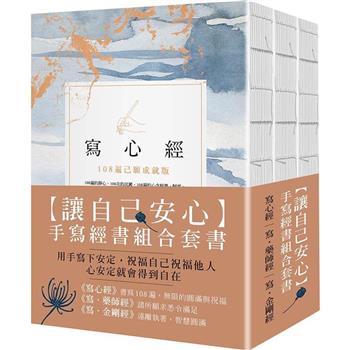In her feminist polemic, ’A Room of One’s Own’, Virginia Woolf famously wrote of the (comparatively recent) literary tradition of female writers: ’we think back through our mothers if we are women.’ Woolf’s major literary mothers were those women novelists writing during the Victorian period and earlier. Virginia Woolf and the Lives, Works, and Afterlives of the Brontës examines all of Woolf’s writings on the Brontës, across a wide range of genres: juvenilia, novels, literary essays, feminist polemics, diaries and letters. This proves particularly fruitful as Woolf herself was both a creative artist and a literary critic. As a woman, she was ambivalent towards the Victorian world in which she spent her youth: emotionally she remained in thrall to it; but intellectually she developed the modernist novel. After Woolf ceased to write publicly about the Brontës, she continued to engage with them through the Hogarth Press, which she had founded in 1917 with her husband Leonard. She then chose to publish books on the Brontës whose approaches to them she supported. Newman approaches her subject in a Woolfian way: that is, she avoids dogmatism and aims to open up discussion of the lives, works and afterlives of the Brontës as mediated by Woolf, rather than closing it down to one particular interpretation.
| FindBook |
有 1 項符合
Virginia Woolf and the Lives, Works, and Afterlives of the Brontës的圖書 |
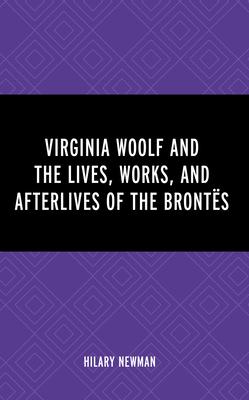 |
Virginia Woolf and the Lives, Works, and Afterlives of the Brontës 作者:Newman 出版社:Lexington Books 出版日期:2024-04-05 語言:英文 規格:精裝 / 242頁 / 普通級/ 初版 |
| 圖書館借閱 |
| 國家圖書館 | 全國圖書書目資訊網 | 國立公共資訊圖書館 | 電子書服務平台 | MetaCat 跨館整合查詢 |
| 臺北市立圖書館 | 新北市立圖書館 | 基隆市公共圖書館 | 桃園市立圖書館 | 新竹縣公共圖書館 |
| 苗栗縣立圖書館 | 臺中市立圖書館 | 彰化縣公共圖書館 | 南投縣文化局 | 雲林縣公共圖書館 |
| 嘉義縣圖書館 | 臺南市立圖書館 | 高雄市立圖書館 | 屏東縣公共圖書館 | 宜蘭縣公共圖書館 |
| 花蓮縣文化局 | 臺東縣文化處 |
|
|
圖書介紹 - 資料來源:博客來 評分:
圖書名稱:Virginia Woolf and the Lives, Works, and Afterlives of the Brontës
|
